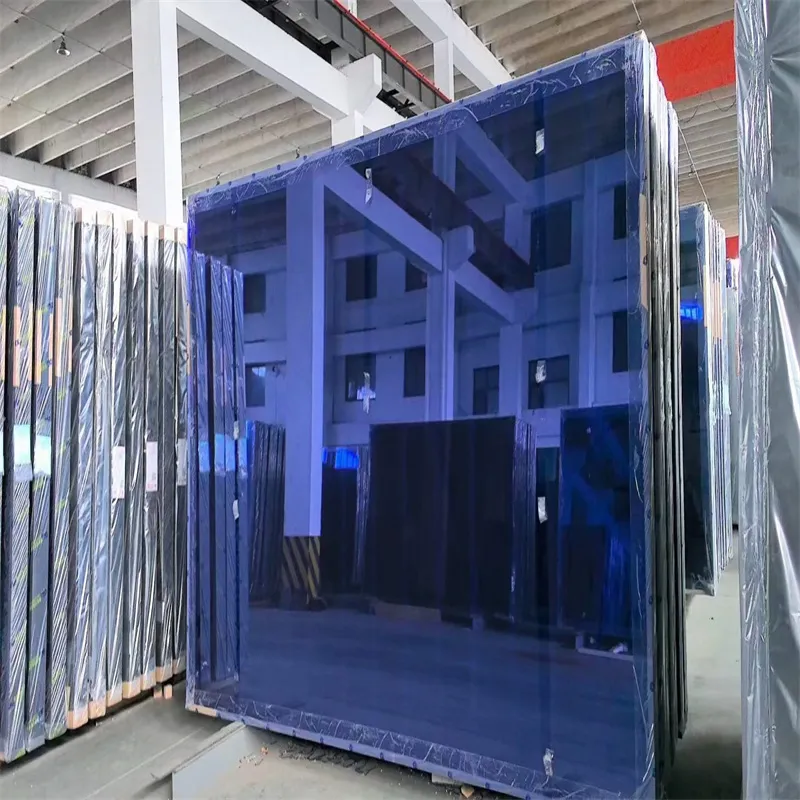Nov . 07, 2024 08:20 Back to list
Exploring Different Varieties of Glass Coatings for Enhanced Performance and Aesthetics
Types of Glass Coatings Enhancing Performance and Aesthetics
Glass has become an integral part of modern architecture and design, from windows and facades to interior design fixtures. To enhance its performance, durability, and aesthetics, various types of glass coatings have been developed. These coatings can serve multiple purposes, including improving energy efficiency, providing UV protection, enhancing safety, and increasing aesthetic appeal. In this article, we will explore the primary types of glass coatings, their benefits, and applications.
1. Low-E Coatings (Low Emissivity Coatings)
Low-E coatings are designed to reflect infrared radiation while allowing visible light to pass through. These coatings improve the thermal performance of windows, making them energy efficient. By minimizing heat transfer, Low-E coated glass helps in maintaining a stable indoor temperature, reducing the need for heating and air conditioning. This results in lower energy bills and enhanced comfort for occupants. Low-E coatings can be applied to residential and commercial buildings, as well as in automotive glass.
2. Anti-Reflective Coatings
Anti-reflective (AR) coatings are applied to glass surfaces to minimize reflections and increase light transmission. These coatings are particularly beneficial in applications such as camera lenses, eyeglasses, and displays. By reducing glare, AR coatings improve visibility and enhance the user experience. In architectural applications, these coatings are often used in storefronts and office buildings to create a more transparent appearance, allowing natural light to permeate indoor spaces.
Solar control coatings are designed to reduce solar heat gain while allowing natural light to enter. This type of coating is particularly useful in regions with high temperatures, as it helps maintain a comfortable indoor environment without relying heavily on air conditioning systems. Solar control coatings can be applied as tinted films or as part of the glass manufacturing process. These coatings not only enhance comfort but also protect furnishings and interiors from fading due to excessive sun exposure.
types of glass coating

4. UV Protection Coatings
Ultraviolet (UV) protection coatings are essential for preserving the integrity of both glass and the objects within a given space. These coatings block harmful UV rays that can cause fading and damage to fabrics, wood, and other materials. In museums, galleries, and retail environments, UV protection is crucial for ensuring that art pieces and merchandise maintain their colors and quality over time. Additionally, some residential windows are now manufactured with built-in UV protection, contributing to the longevity of interior furnishings.
5. Hydrophobic Coatings
Hydrophobic coatings repel water, causing it to bead up and roll off the surface of the glass. This property helps keep glass surfaces clean and clear, as dirt and grime have less opportunity to adhere. Hydrophobic coatings are often used in automotive windshields, shower doors, and exterior building glass. By reducing the frequency of cleaning and maintenance, these coatings provide long-term benefits and enhance the overall appearance of the glass.
6. Safety and Security Coatings
Safety and security coatings enhance the durability and impact resistance of glass. These coatings can be applied to prevent shattering, making glass safer in high-traffic areas or vulnerable to vandalism. Safety films are often used in commercial buildings, schools, and hospitals to protect against accidents or intrusions. In the event of breakage, these coatings hold the glass together, minimizing the risk of injury from sharp shards.
Conclusion
The variety of glass coatings available today provides numerous benefits for both functional and aesthetic applications. From improving energy efficiency with Low-E coatings to enhancing safety with security coatings, the right coating can make a significant difference in the performance and longevity of glass products. As technology continues to evolve, we can expect to see even more innovative coatings that enhance the versatility and usability of glass in architecture and design. Whether for commercial, residential, or automotive uses, investing in quality glass coatings is an effective way to enhance the overall value and performance of glass installations.
-
Safety and Style with Premium Laminated Glass Solutions
NewsJun.24,2025
-
Reinvents Security with Premium Wired Glass
NewsJun.24,2025
-
Premium Float Glass Line for Modern Architecture
NewsJun.24,2025
-
Low Emissivity Glass for Energy-Efficient Architecture
NewsJun.24,2025
-
High-Performance Insulated Glass Solutions for Modern Architecture
NewsJun.24,2025
-
Elevates Interior Style with Premium Silver Mirror
NewsJun.24,2025
Related PRODUCTS














